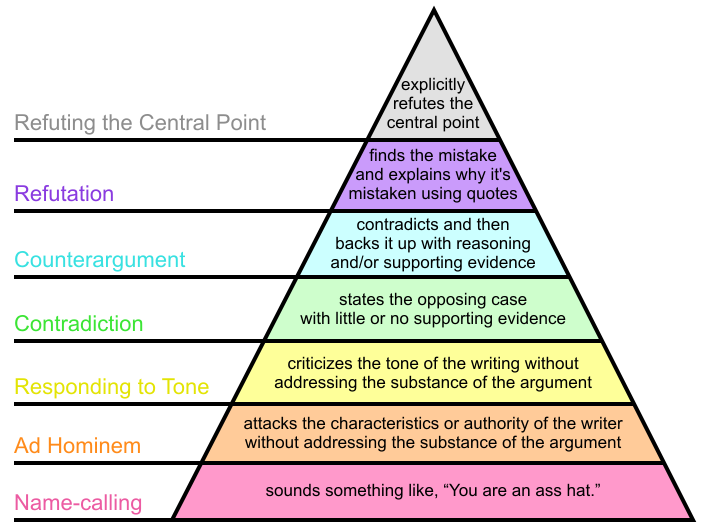Sorry everyone for the necro, but this was very much needed. We have to clear this up, I cannot let this stand as "fact". First off, let us examine the source of this IQ map:
These numbers came from a work carried out from 2002 to 2006 by
Richard Lynn, a British Professor of Psychology, and
Tatu Vanhanen, a Finnish Professor of Political Science, who conducted IQ studies in more than 80 countries.
Richard and Tatu argues that
differences in national income are correlated with differences in the average national intelligence quotient (IQ). They further argue that differences in average national IQs constitute one important factor, but not the only one,
contributing to differences in national wealth and rates of economic growth.
These results are controversial and have caused much debate, they must be interpreted with extreme caution.
Sources:
All these studies were published only by Lynn and Vanhanen. A few pages earlier I posted a study that specifically responded to "IQ and Global Inequality" which was subsequently ignored. I had already written a paper on Lynn two years ago, where I researched some of his publications. I specifically focussed on sub-saharan Africa, because it shows best his absolutely desolate state of research and the many mistakes he did in his methodology/sampling:
“IQ and global inequality” is a book written by psychologist Richard Lynn and political scientist
Tatu Vanhanen. It was published in 2006 as a follow-up to 2002s “IQ and the Wealth of Nations”. It
deals with global EQ in relation to economic development. Flynn and Vanhanen develop the thesis,
that countries with a higher average intelligence score generally develop stronger economies (Lynn
and Vanhanen 2006). The average IQ of a nation is shown in relation to a British mean of 100 with
a standard variation of 15. I will focus on one key aspect of the book which brought the authors a
lot of criticism: The average IQ of sub-Saharan nations. Lynn has been publishing on this topic
since the 1970s, a lot of his research material has been cited in the 1994 book “The Bell Curve” by
psychologist Richard J. Hernnstein, which has been both praised and strongly criticised by U.S.
American academia, among others Noam Chomsky (Chomsky 1972). Throughout multiple
publications Lynn arrives at an average IQ of 68 or 67 for Africans living in sub-Saharan countries
(Lynn and Vanhanen 2006). As a comparison, predominantly “white” countries all scored above 100
and “east-Asian” countries score even higher on average (Lynn and Vanhanen 2006).
(me)
One of the most pragmatic responses to Lynn's body of work was published by three
researchers from the Dutch University of Amsterdam in the year 2010. Under the name of
“A systematic literature review of the average IQ of sub-saharan Africans” the team consisting of
Jelte M. Wicherts, Conor V. Dolan and Han L.J. Van der Maas analysed data of African students
performing on a multitude of different IQ tests. They arrive at an average of 82 (Wicherts, Dolan
and Van der Maas 2010). They also criticise his methodology:
(me again)
"For instance, Lynn and Vanhanen (2006) accorded a national IQ of 69 to Nigeria on the
basis of three samples (Fahrmeier, 1975; Ferron, 1965; Wober, 1969), but they did not
consider other relevant published studies that indicated that average IQ in Nigeria is
considerably higher than 70 (Maqsud, 1980a,b; Nenty & Dinero, 1981; Okunrotifa, 1976).
DISCUSSING LYNN'S WORKS ON RACE IN RELATION TO IQ 6
As Lynn rightly remarked during the 2006 conference of the International Society for
Intelligence Research (ISIR), performing a literature review involves making a lot of
choices. Nonetheless, an important drawback of Lynn (and Vanhanen)'s reviews of the
literature is that they are unsystematic.” (Wicherts et al, 2010)
Lynn decided to respond directly and published “The average IQ of sub-Saharan African:
Comments on Wicherts, Dolan and van der Maas” together with Gerhard Meisenberg. In this paper,
Lynn criticises the sampling of the trio (Lynn and Meisenberg 2010). He goes on to say that the IQ
tests they reviewed were carefully picked and that the students in question were elite students and
therefore not representative (Lynn & Meisenberg 2010). Lynn lists sources that focus heavily on
mathematical and reading ability and arrives at the same average of 68. He foregoes the Progressive
Matrices test developed by John C. Raven, a multiple choice test that focus on the reasoning of the
test-taker (Raven 1936). In the Raven test, sub-Saharan Africans scored notably better.
In February 2010 the three researchers from the University of Amsterdam replied yet
again in a paper titled “Another failure to replicate Lynn's estimate of an average IQ of sub
Saharan Africans”. They take note of Lynn's criticism and instead use a cluster of random samples
this time, yet arrive at the same average of 82. (Wicherts et al 2010). They criticise Lynn's
methodology and his conscious omitting of unfavourable data. (Wicherts et al 2010). There has yet
to come a direct response from Lynn."
(me again, sorry for the masturbatory post, but this saves a lot of work)







